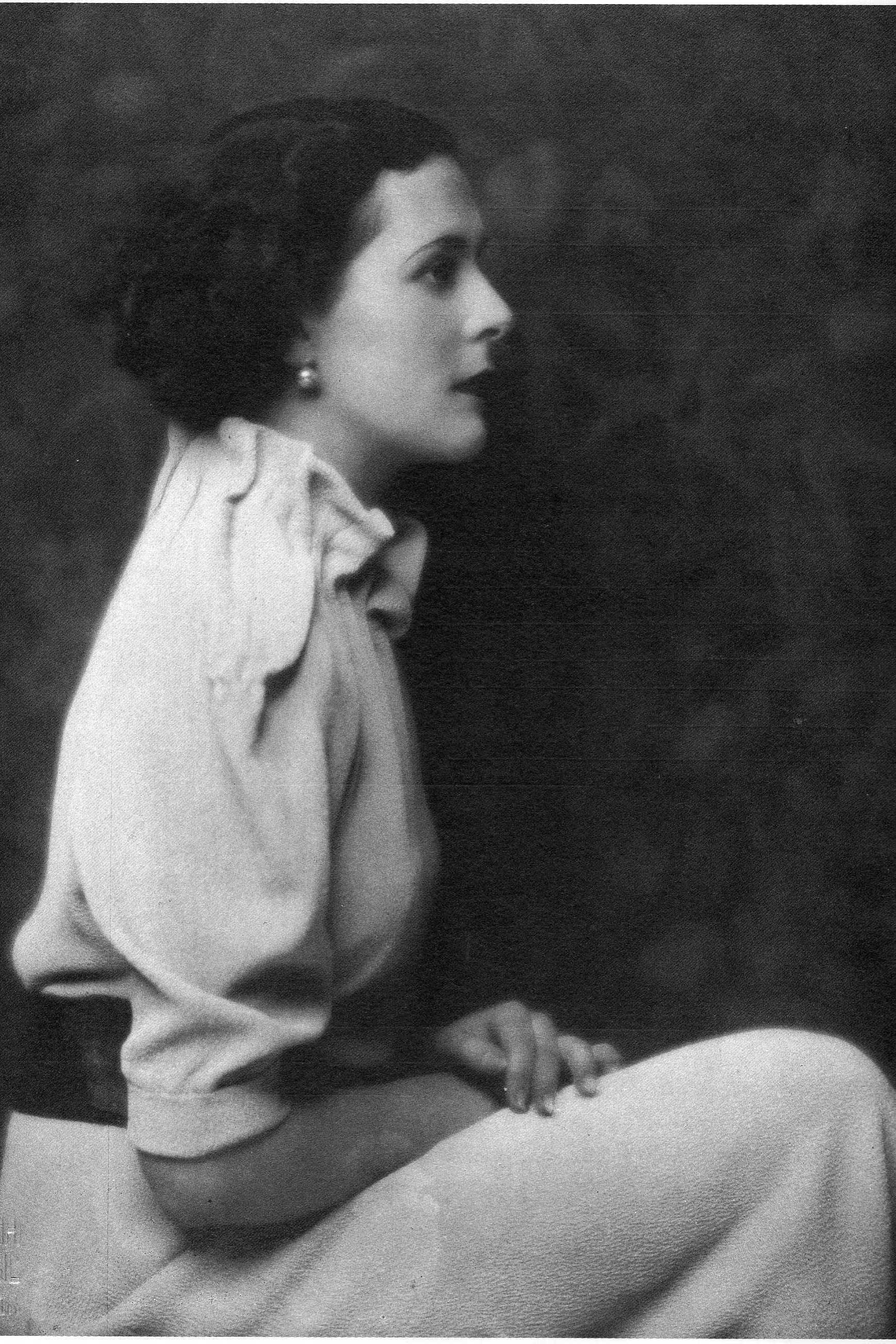Leonora Carrington (1917-2011) is a surrealist painter and writer. Daughter of an English industrialist, Carrington spent her childhood on a country estate surrounded by animals and reading fairy tales and legends (she also wrote herself some fairy tales). She revisits all those memories in her adulthood in dreamlike scenes. Leonora Carrington had a relationship with Max Ernst but WWII separated them. He was put in jail by the enemy. She escaped in Spain and fell into depression because she couldn't save her lover. She spent some time in a psychiatric hospital and then moved to Mexico. This portrait of Max Ernst is a testimony of that period.
This painting, very symbolic, is quite enigmatic and defies interpretation. Max Ernst wears striped socks and a red fur coat like a shaman. This bird-like costume is an allusion to all the birds present in Ernst's paintings. A photo also exists showing Max Ernst at a ball in 1958 wearing a bird outfit. Max's snow white hair is echoed in the arctic landscape around him.
The white horse probably represents the alter ego of Leonora. The horse is also like a totemic animal for the artist and it appears in several of her artworks as a symbolic surrogate. The horse appears in a frozen motion very similar to the hyena in another artwork named The Inn of the Dawn Horse. Here the horse does not gallop freely in a verdant landscape. It is stuck on an ice floe, covered in icicles. This may symbolize that her heart belongs to Max Ernst forever. The white spectral horse with its frozen stare and glassy eyes has been compared to the horse in Fuseli's The Nightmare. The lantern carried by Ernst is similar to a laboratory flask and makes the artist look like a solitary alchemist. The small horse inside represents Carrington's suffering in this relationship; it reflects the anxieties of this turbulent period.
- Tony Goupil
If you are interested in this text, you can find out more about the artist in today's article "Leonora Carrington And Her Surrealist Life In Her Own Words" in DailyArt Magazine.


 Leonora Carrington
Leonora Carrington